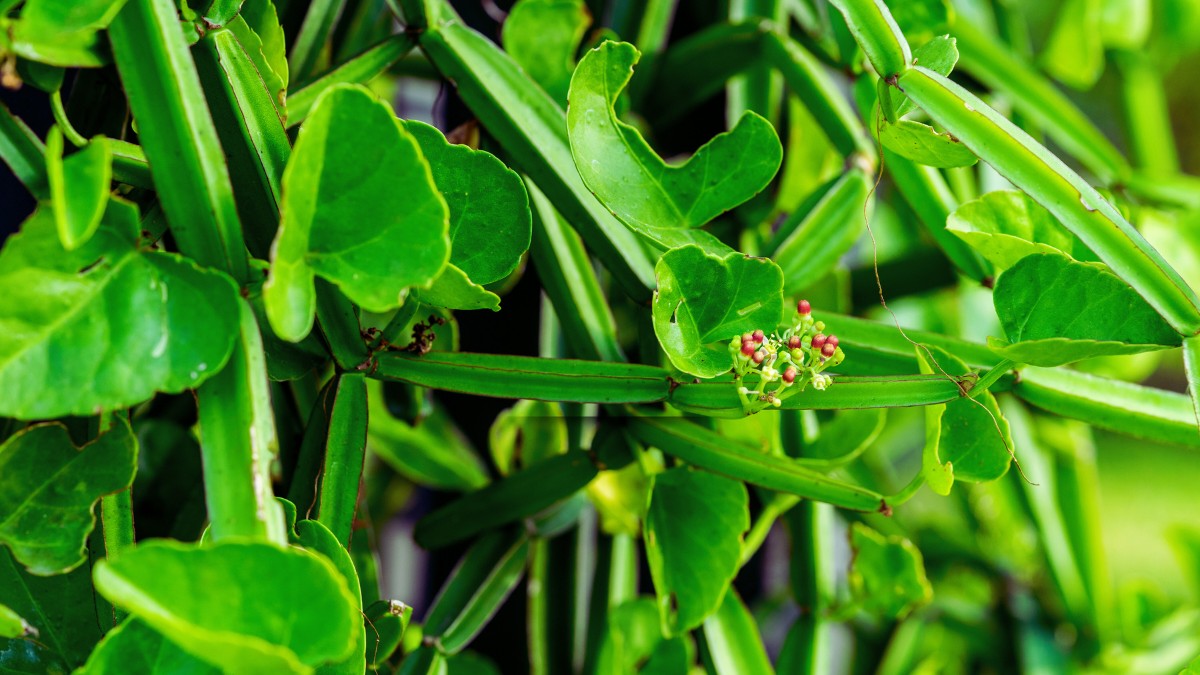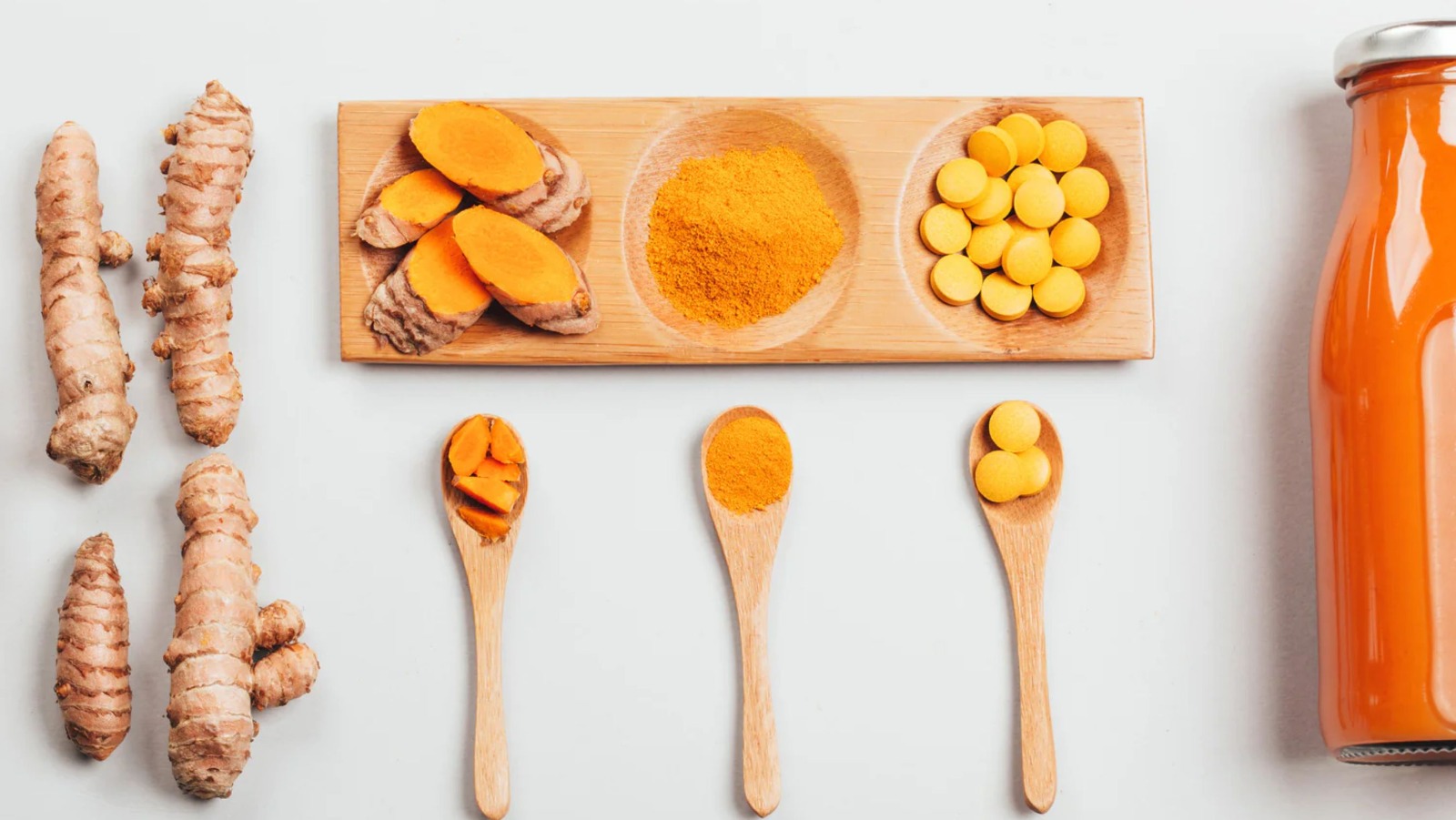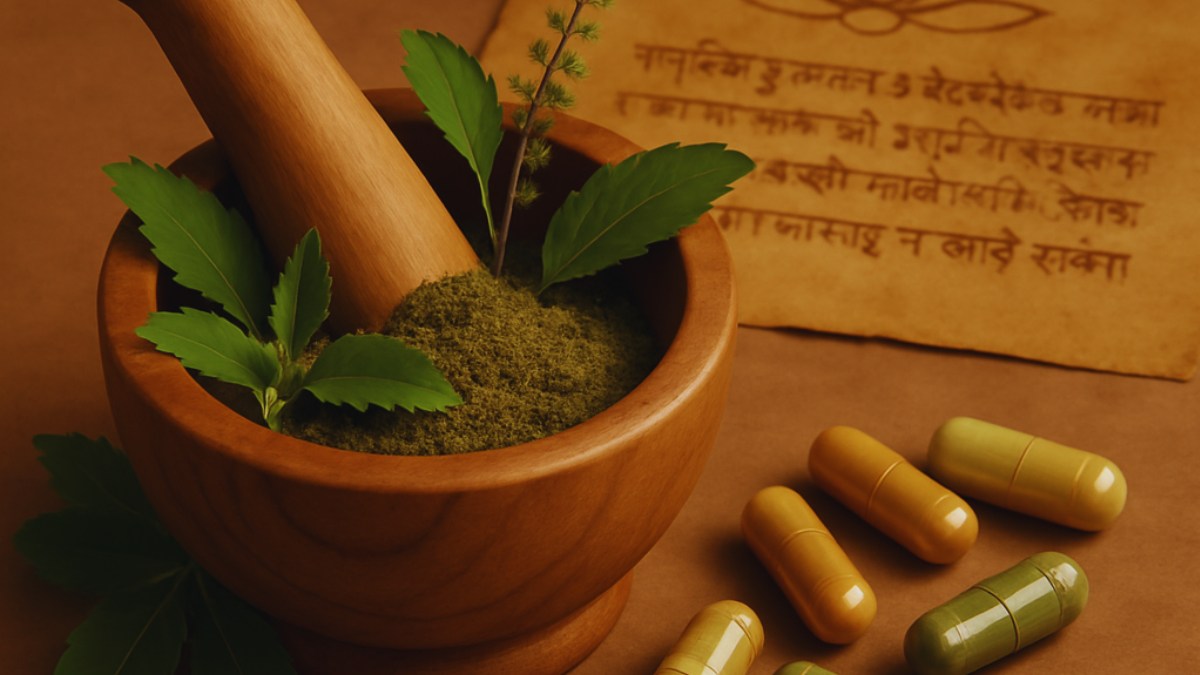Cissus’ stems are thick and fleshy and often favored as an ornamental plant, with multiple other uses, including as a medicinal plant. Native to Africa, parts of Asia and India, Cissus thrives in tropical and subtropical climates.
KP Phyto has invested heavily in understanding the points along the supply chain that must be controlled for the best quality outcomes in Cissus ingredient quality. We also invest into the understanding and development of the research behind Indian traditional botanicals…with a focus this month on Cissus!
Multiple Uses Beyond Traditional Medicine
Various parts of Cissus have uses: its stems and leaves are used as vegetables in culinary applications; the plant’s sap is employed as a natural dye; its strong, fibrous stems are sometimes used in making ropes and baskets; and it has long been used in traditional medicine, especially in Ayurveda and Siddha. Additionally, there is interest in research for applications in the pharmaceutical industry due to its medicinal properties.
Traditional Medicinal Use
Cissus has uses in several traditional medicine systems, and overall it’s main uses are for promoting bone and digestive health. It is also used to promote blood sugar balance, healthy weight, for its calming properties, and as an aphrodisiac.
In Ayurveda, Cissus is renowned for its use in promoting bone health, often used for accelerating the healing process. It is considered pacifying to the Vata and Kapha doshas, making it particularly useful for promoting bone health with its grounding, nourishing and slightly heating properties.
In Siddha, Thai, Unani and other Southeast Asian regions its uses are similar to Ayurveda in promoting bone health, with additional uses in promoting joint, respiratory and menstrual health. In Africa, beyond bone health it is also known as a general tonic to strengthen the body and promote immunity.

Huge & Growing Market
Cissus quadrangularis is experiencing a growing market, driven by its increasing popularity as a dietary supplement. The global market for Cissus quadrangularis is seeing expansion across multiple regions, including North America, Europe, Asia-Pacific, Latin America, and the Middle East and Africa. The aging population’s demand for supplements that support bone health and joint mobility is a driving factor in its market growth.
Pharmacology
Through scientific investigation Cissus has been found to exhibit various activities, including antioxidant, antispasmodic, cytokine & blood sugar balancing, gastroprotective, promoting comfort, gastrointestinal, liver and bone health.
Cissus contains a number of bioactive compounds, including flavonoids, ketosteroids, triterpenes, quercetin, various polyphenols and stilbenes (such as pallidol, resveratrol, quadrangularin A, piceatannol and perthenocissin). Also present are vitamins and minerals, such as Vitamin C & E, carotenoids, and calcium.
Several activities have been observed in preclinical studies, which may be explained as mechanisms of action for its role in promoting bone health. It has been observed to stimulate bone growth and thickness, as well as osteoblast proliferation, differentiation and mineralization. Additionally, it has been found to decrease osteoclast activity. In osteoplasts, it has been observed to increase mRNA and protein expression of the Runt-related transcription factor-2, a factor involved in bone development. It is thought that the osteogenic activity of Cissus is moderated by a MAPK-dependent mechanism.
Gastrointestinal effects have also been observed in preclinical studies, confirming some of its traditional uses. For example, antioxidant effects, such as glutathione, have been observed which may be an underlying mechanism for its gastroprotective effects. It has also been observed to stimulate gastric cell proliferation and increase the secretion of gastric mucus.
In weight management, it is postulated that since its constituents have been observed to inhibit lipase and amylase, it may reduce the absorption of dietary fats and carbohydrates. There may also be effects on promoting satiety, as an increase of serotonin and creatinine levels have been observed.

Science & The Future
There have been several small clinical studies into the various applications for Cissus. As the preclinical work has been progressing into understanding what mechanisms may be at work, it is also exciting that several small clinical studies have shown benefit in humans. Yet, the best clinical substantiation behind Cissus’ traditional uses so far is for supporting a healthy weight. Beyond weight management, Cissus was found in a few of these studies to have positive effects on blood lipid chemistry and metabolism.
Positive benefits have been observed in clinical studies in humans on other areas of health, including its gastroprotective and liver protective effects, cytokine balance, comfort, and antioxidant activities.
As Cissus has traditional uses and preclinical confirmation into its use in gut health, it is likely this will be an area of strong growth in the future for Cissus as the science progresses. As our understanding on how integral the gut is to overall health, it is my prediction that beyond bone health, Cissus will be sought after in formulations due to its gastrointestinal effects, especially its due to its protective role on the gastric mucosa.
Thank you for Reading!
*This content is for informational and educational purposes only. It is not intended to provide medical advice or to take the place of such advice or treatment from a personal physician.







